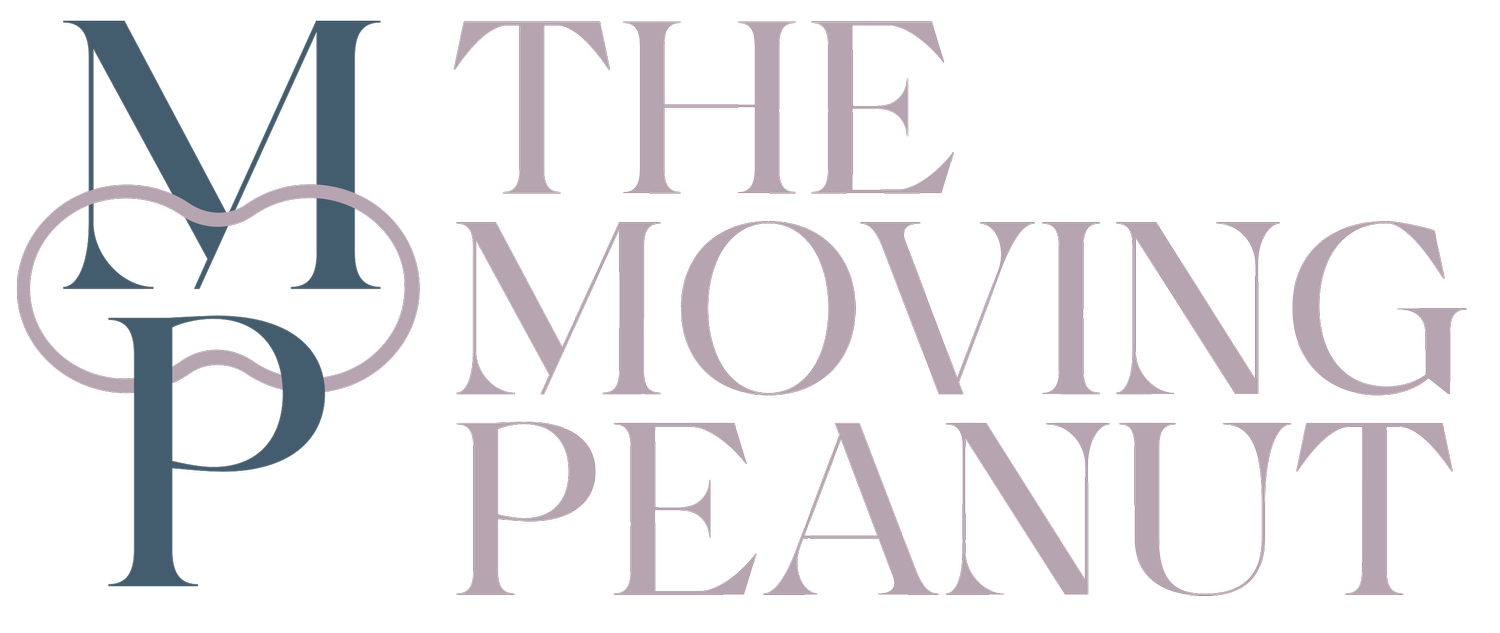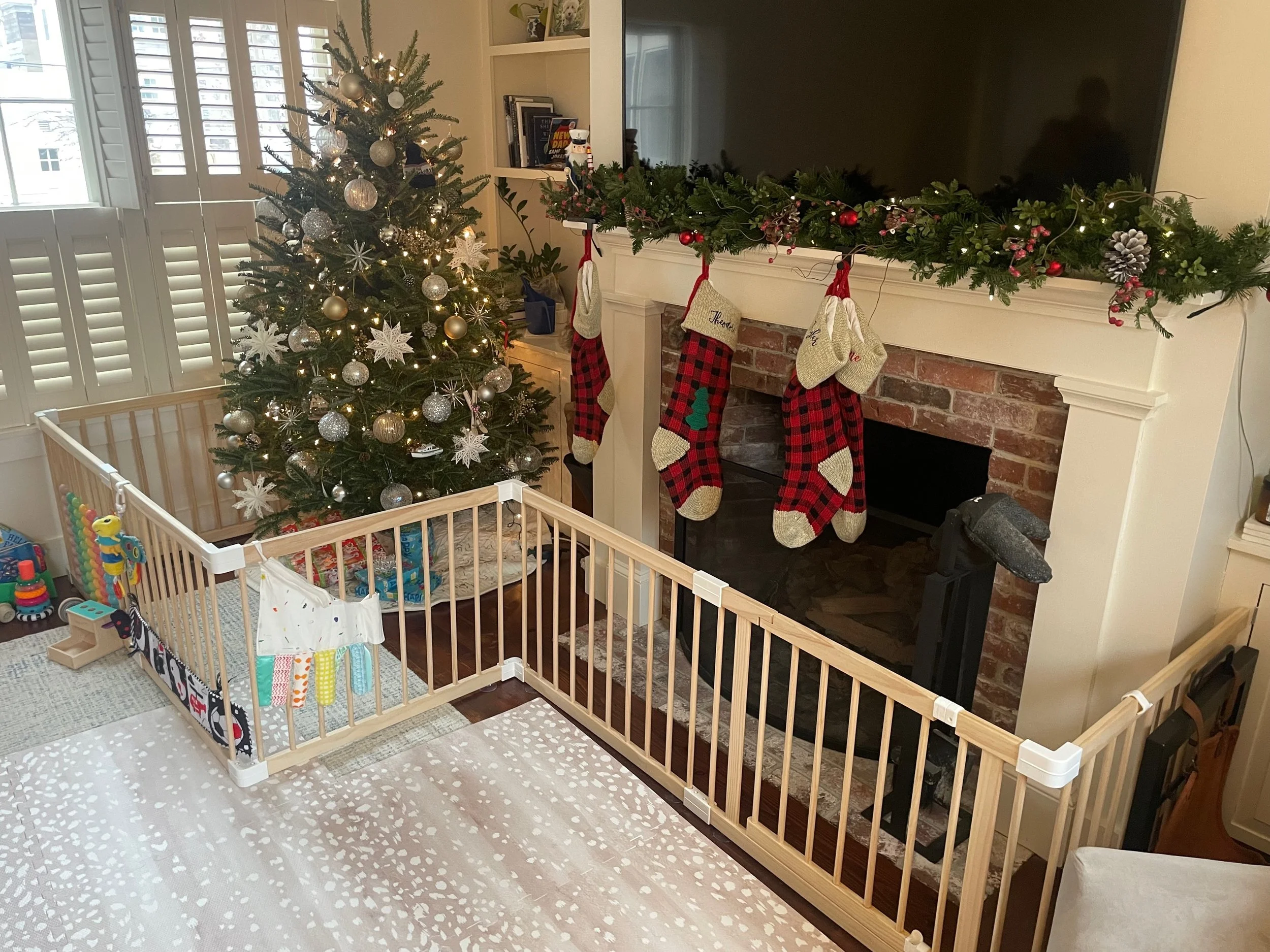Creating a Yes Space for Baby: Safe Play Setup Ideas
By Dr. Alli Chisholm, PT, DPT
Disclaimer: This post may contain affiliate links. If you purchase through my links, I may earn a small commission at no extra cost to you. I only recommend products I personally use and love with my own family and clients.
Also known as a safe baby play space or independent play area, having a “yes” space for your little one is one of the best ways to support development, build confidence, and give you (the parent) a little breathing room — without feeling like you need to hover every second.
A “yes” space is exactly what it sounds like — an area where your baby can explore freely and safely, where you can say yes to movement, curiosity, and play.
It also happens to be one of the most therapeutic ways to get that all-important baby floor time in.
Common Questions and Statements I Hear From Parents
“I definitely don’t put my baby on the floor enough…”
“I carry my baby wherever I go.”
(FYI, I love babywearing — it’s amazing for bonding and regulation! And your baby also needs time on the floor to move, stretch, and explore.)
“We have a dog at home, and I’m nervous about putting the baby on the floor.”
“My baby loves their bouncer so much that I feel bad taking them out of it.”
“I’m not ready for my baby to start moving… I need a baby cage!”
You’re not alone — I’ve heard every version of these, and the good news is, there’s no one right way to do floor time. You can create a safe, functional “yes” space that fits your home, your lifestyle, and your baby’s stage of development.
The Pack N Play or Bassinet Setup
Perfect for newborns and younger babies who aren’t rolling or crawling yet — especially if you have a curious toddler or pet roaming around.
Our second practicing side lying in her bassinet (here’s our fave) while wearing the softest, development-friendly PJs.
Try this setup:
Place baby in side-lying with a chunky towel roll behind their back for support.
Add a mirror or contrast cards at belly level for visual tracking.
Alternate sides every few minutes for balanced movement.
Switch between tummy time, back play, and short sessions in supported sitting (if your baby is at a point where they’re ready to practice some independent sitting).
For a Pack N Play, place a small play gym inside to encourage hand-eye coordination.
The Open Floor Plan
This simply means a clear, open area for your baby to move freely — no enclosure needed (yet).
Use:
A thin, folded blanket, firm play mat, or soft carpeted area
A flat, supportive surface for easier movement and even pressure on your baby’s head
A few simple toys to encourage reaching, rolling, and interaction
As your baby becomes more mobile, you can:
Add a play yard or barrier gate for safety
Make sure outlets, cords, and furniture edges are baby-proofed
The Barrier Gate
For smaller homes or families with pets, a barrier gate can create a defined play zone that’s safe and functional.
These long gates can:
Section off part of your living room
Keep pets away from the play area
Serve as a barrier around things like fireplaces
A family I worked with had this set-up and I LOVED it, so of course I had to take a picture!
Bonus: It gives you space to be inside the enclosed area with your baby and play together, which builds connection and developmental skills.
The Gate Enclosure or Playard
Once your baby starts rolling, crawling, pulling to stand, or cruising, a playard or enclosed gate setup becomes a must-have.
Look for:
A secure, stable structure that won’t shift as baby leans or pulls
Enough space for movement and toy exploration
Safe materials and rounded edges
Set up with:
Soft mats or foam tiles
A few safe household objects (spoons, wooden bowls, etc.) for sensory exploration
The Gated Room
If you already have a small, baby-proofed space (like a nursery or small spare room), simply add a baby gate to the doorway and — voila — you have a built-in yes space.
Before using this option:
Cover outlets and sharp corners
Add a foldable play mat or rug for comfort
This can be a great minimalist solution for apartment living or small homes.
Bonus Tip from a PT (and Mama)
When choosing any play mat, check the reviews carefully.
Look for:
Firmness and flatness (to support motor development)
Easy-to-clean materials (trust me on this one!)
A design that blends with your space if you’ll use it in common areas
We personally used a mat that doubled as our living room rug, which made cleanup simple and gave our baby a safe surface for all the early milestones — rolling, sitting, crawling, and pulling to stand.
Final Thoughts: Say Yes to Movement
Creating a “yes” space doesn’t have to be complicated or expensive. It’s really about saying yes to your baby’s natural desire to move and explore, while giving yourself peace of mind that they’re safe and supported.
Whether it’s a Pack N Play, a small gated room, or an open floor mat, a yes space gives your baby independence and builds confidence — and it gives you a few minutes to sip your coffee in peace.


